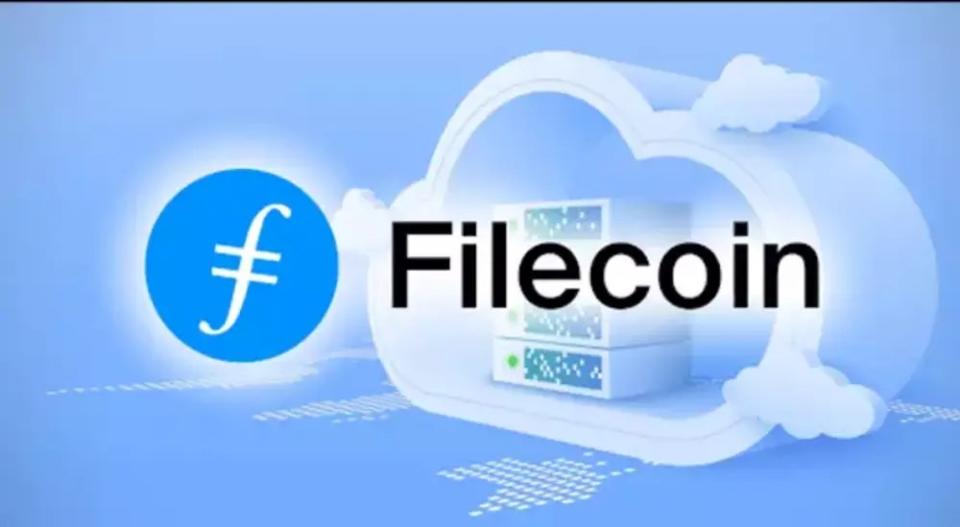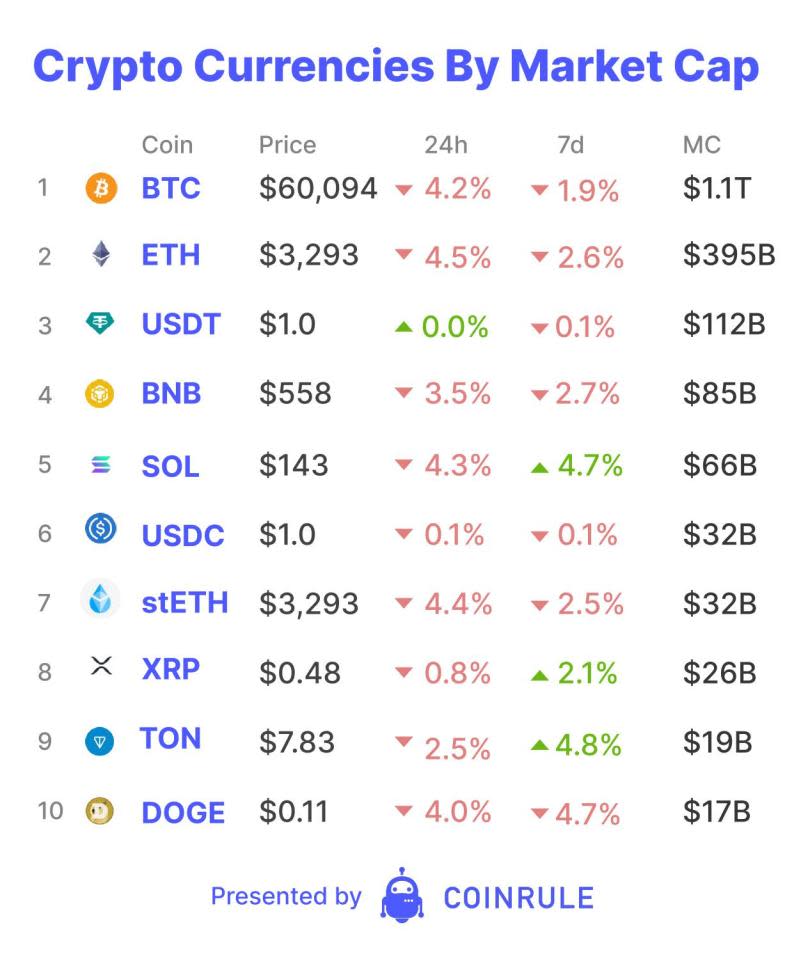Rise of DePIN networks could herald new blockchain era

Each day, Coinrule will run through the state of the digital assets market for Blockbeat, your home for news, analysis, opinion and commentary on blockchain and digital assets.
Decentralised Physical Infrastructure Networks (DePIN) are quietly revolutionising the crypto space. Imagine a world where anyone can contribute to and benefit from networks of solar panels, communication towers, or electric vehicle charging stations. This is the promise of DePIN, a technology leveraging blockchain and token incentives to create an “economy of things” where value is shared across all participants.
DePIN represents a fundamental shift from centralised to decentralised management of physical infrastructure. Large corporations or governments traditionally control infrastructure like telecommunication networks or energy grids, requiring significant investment and centralised oversight. DePIN, however, decentralises this process, using blockchain to coordinate resources and incentivise contributions through tokens. Suppliers provide resources such as storage, bandwidth, or computing power and receive tokens as a reward. Consumers on the other hand, can access these resources at potentially lower costs.
The advantages of DePIN are numerous. It democratises infrastructure, allowing anyone to contribute and benefit financially, fostering a more equitable and competitive marketplace. This model reduces dependency on large corporations, cuts costs, and enhances system resilience. For instance, Filecoin utilises unused storage capacity worldwide, offering a decentralised alternative to traditional data storage solutions. However, the DePIN model also comes with risks, such as token price volatility and significant initial capital outlay for custom hardware. The success of these networks hinges on achieving a critical mass of supply and demand.

Currently, the DePIN landscape spans various sectors, from telecommunications to energy grids and beyond. Helium, for example, has created a decentralised wireless network. AIOZ Network on the other hand, combines decentralised storage, AI computation, and live streaming services. Projects like Glow and dClimate are building decentralised energy grids and weather forecasting systems. This shows the versatility and potential of DePIN to disrupt traditional industries.
DePIN could fast forward the emergence of Web3 by changing our approach to building, managing, and interacting with physical infrastructure. It shifts the power from centralised entities to individuals, creating a more inclusive and resilient infrastructure model. Whether DePIN is just a new buzzword or a game-changer remains to be seen. However, its potential to transform how we manage physical resources makes it an exciting development in the crypto space. Will DePIN reshape our future, or will it be another fleeting trend? Only time will tell.

 Yahoo Finance
Yahoo Finance 